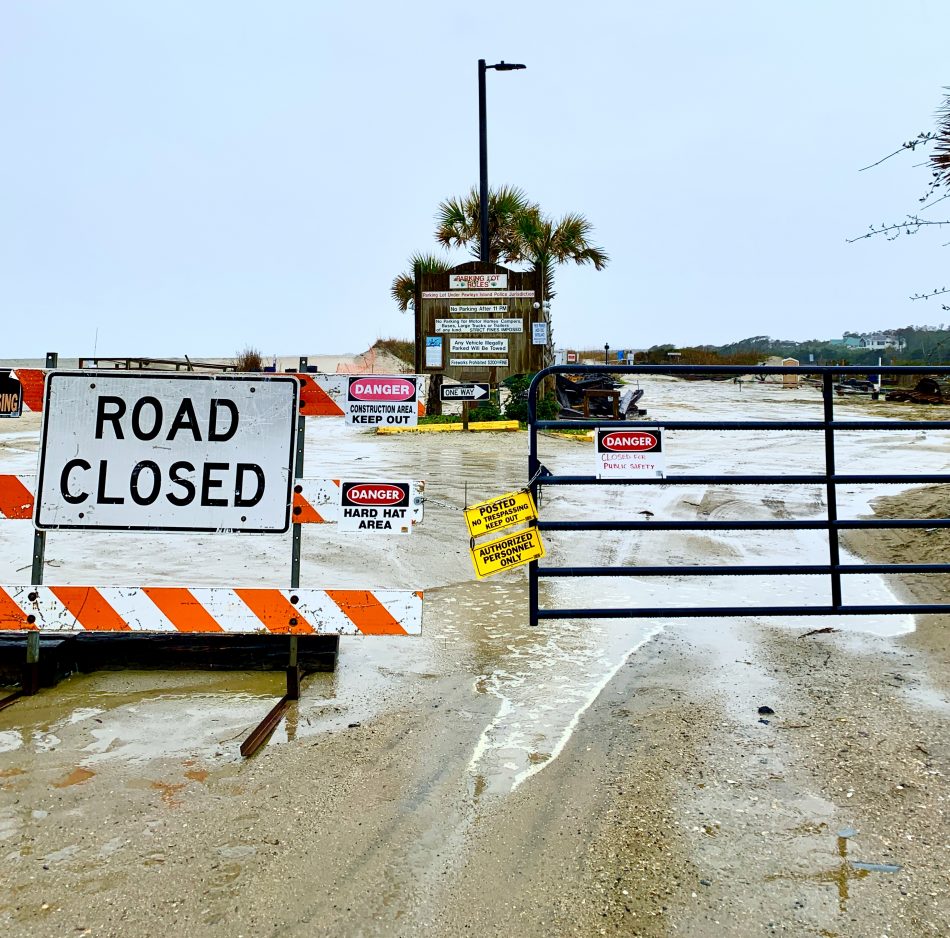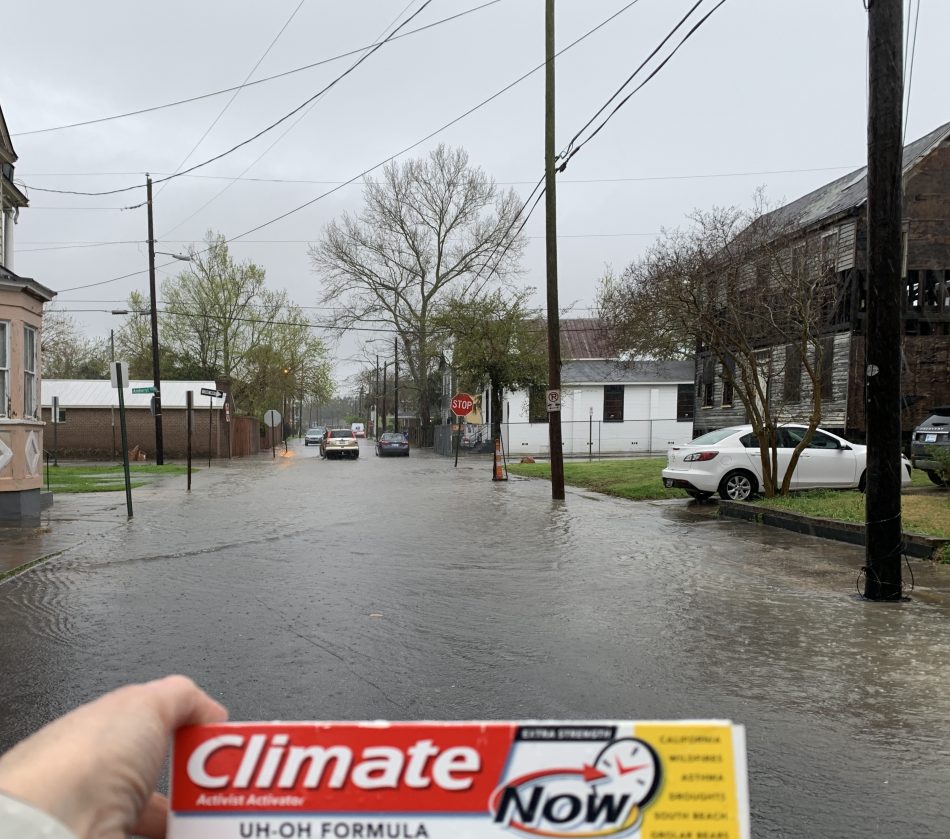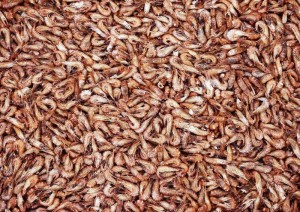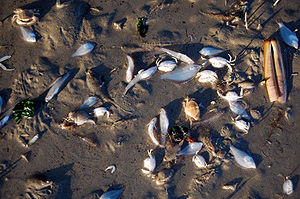The Palmetto State is a sunny place, with beaches that ribbon the eastern shore. Like other coastal areas, flooding and onshore storm damage is a growing threat.
In my previous post I discuss the state’s solar industry. The emergence of local solar installs in coastal communities is coinciding with the visual evidence of climate change.

It will be public funding and budgets that will mitigate, prepare and repair the coastal areas. To save places like Pawley’s Island, a breezy retreat settlement from the antebellum period, they will use public subsidy, i.e. taxpayer investment. Should they instead charge the companies that caused climate change or some other thoughtful solution?

In coastal flooding records beginning 1953, 22 of the 32 major or greater flooding events have happened since 20152. More frequent and intense storms ravage and flood South Carolina.
The state’s aquatic conditions and their politics coincided to make the Charleston area a human slavery trade hub in America’s founding. Places made possible rather quickly and majestically by relying upon and exploiting a slave economy and labor market.
If money is invested to save water-side mansions, what about the coastal areas where the Gullah Geechee still live? Or the places that are less symbolic than Old Charleston or Pawleys Island? The residences of poorer people lacking the resources to move or repair damage done by these weather events?
Generating solar electricity in the community makes a lot of sense. Through honest debate, we can collectively heed the science. Establish progressive policy to power our lives with limited harm to ourselves and the world we live in.
Sources:
- www.ClimateToothpaste.com boxes with “patented blend of humor”!
- www.dnr.sc.gov/climate/sco/ClimateData/yearly/cli_sc2020review.pdf


